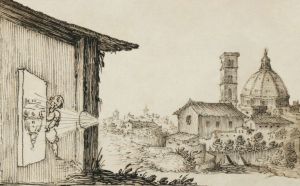
Bass Guitar
Image: guitarworld.com
A knowledgeable photographer, Benjamin Perlin uses his understanding of the scientific processes behind capturing images and printing them on paper to create unique effects. Alongside his photography work, Benjamin Perlin is also a musician who plays piano and bass guitar. Ben Perlin studies bass guitar with Denny Sarokin. When learning bass guitar, individuals should become familiar with the many different styles of playing.
A difficult bass style is jazz, which typically involves a great deal of improvisation. Unlike some other musical styles, jazz often makes the bass a central focus and celebrates its contributions, allowing bassists to create a unique voice. Learning some jazz bass helps individuals understand musical phrasing and can lead to more technical, but tasteful, playing.
Funk has produced some of the most memorable bass lines. The funk bass style is marked by slaps and pops that get the head bobbing. Bassists who learn funk songs build a strong foundation for moving into other genres of music. Plus, funk is a bass style that sounds great even on its own.
Blues players understand how to translate emotion into melody. When blues bassists play, they wear their hearts on their sleeves. Many beginning bass players start with blues lines because they are simple yet deep and moving.
Rock music steals bits and pieces from other genres and plays them loud and proud. To excel at rock, bassists need to become versed in other styles so that they can represent them faithfully.


You must be logged in to post a comment.